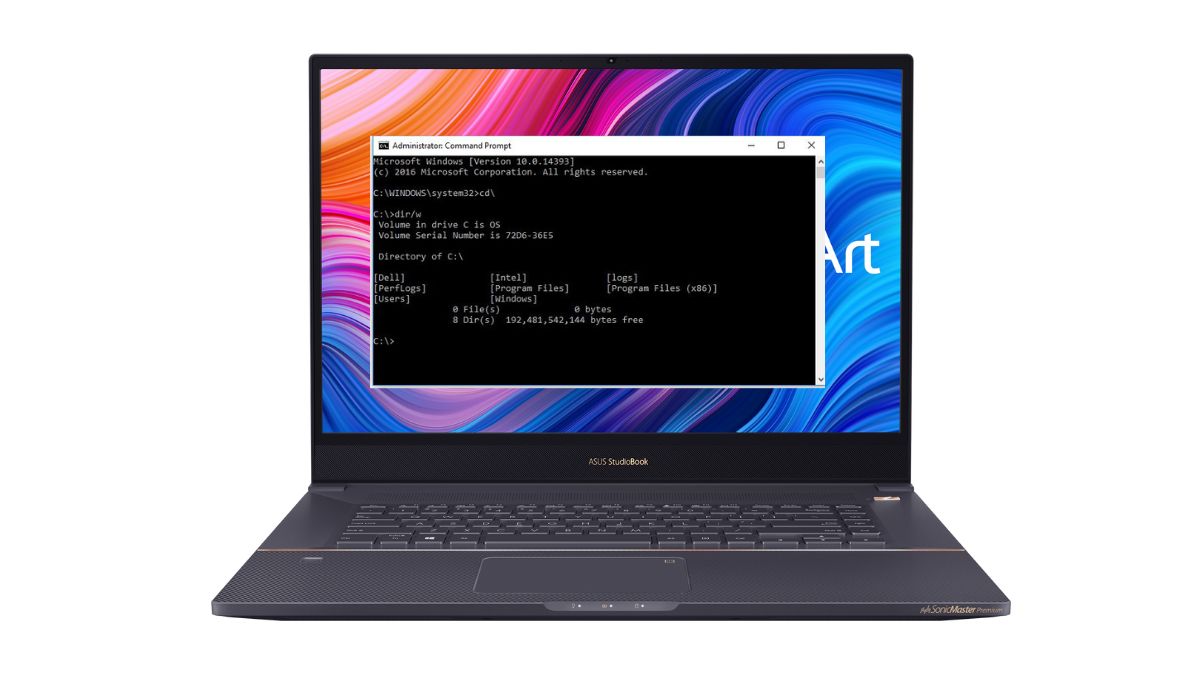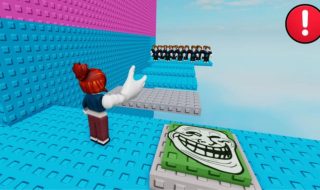For most Windows users, the Windows operating system is all about graphical user interfaces—clicking icons, navigating folders, and using settings panels. But Windows comes with a powerful tool called the Command Prompt, or CMD. It offers far more control and efficiency for certain tasks. While it may seem outdated to some, CMD still plays an important role in system management, automation, and troubleshooting.
There are several tasks where using CMD is more effective than relying on the graphical interface. For example, when you want to quickly copy a large set of files from one directory to another, the robocopy command does it faster and with more options than the usual drag-and-drop method. Similarly, if you are trying to release and renew your IP address, running ipconfig /release and ipconfig /renew through CMD is much quicker than navigating through multiple network settings menus. CMD is also the go-to tool for running scripts, scheduling system tasks, managing network connections, and diagnosing system issues.
It is worth noting that CMD is often mistaken for DOS (Disk Operating System). While they share a similar syntax and many commands overlap, CMD is not DOS. CMD is a Windows-native command-line interpreter that supports many features that DOS never had, including 32-bit and 64-bit environments, batch scripting enhancements, and integration with modern Windows components. DOS commands form the foundation, but CMD builds on them to support today’s computing needs.
This article offers a complete list of CMD commands categorized by their purpose. Whether you are just getting started or looking for a solid reference, this guide will help you understand what CMD can do and how it remains relevant today. Check this list of essential CMD commands categorized by their purpose.
Read: Error 0x8096002A: How to Fix this error on Windows
Command Prompt Commands List
How to Access CMD:
There are two ways one can access CMD in Windows.
- Start Menu: Search for “Command Prompt” or “cmd” in the Windows Start Menu. Open CMD.
- Run Command: Press
Windows + R, typecmd, and press Enter.
To effectively use CMD, you need to learn CMD commands. To give you all commands in one place, here’s the complete list of important Command Prompt commands. I have also grouped these commands into categories for easy reference:
1. File and Directory Management Commands
These commands help you navigate, manage, and manipulate files and directories in the Windows file system.
| Command | Description |
|---|---|
dir | Lists all files and folders in the current directory. |
cd or chdir | Changes the current directory to the specified path. |
md or mkdir | Creates a new directory. |
rd or rmdir | Deletes a directory. |
del or erase | Deletes one or more files. |
copy | Copies files from one location to another. |
move | Moves or renames files or directories. |
ren or rename | Renames a file or directory. |
xcopy | Copies files and directories, including subdirectories. |
robocopy | Advanced file copying tool with many options (better than xcopy). |
attrib | Changes file attributes (read-only, hidden, etc.). |
tree | Displays directory structure in a graphical tree format. |
type | Displays the contents of a text file. |
2. System Information and Management Commands
These commands provide information about the system and allow you to manage various system resources.
| Command | Description |
|---|---|
systeminfo | Displays detailed information about the system, including hardware and OS version. |
tasklist | Lists all running processes on the system. |
taskkill | Kills a process by its name or process ID. |
getmac | Displays the MAC address of the system. |
hostname | Shows the name of the computer. |
ver | Displays the version of Windows. |
time | Displays or sets the system time. |
date | Displays or sets the system date. |
shutdown | Shuts down, restarts, or logs off the computer. |
wmic | Windows Management Instrumentation Command to query system information. |
3. Network and Internet Commands
Use these commands to diagnose and manage network connections and Internet settings.
| Command | Description |
|---|---|
ipconfig | Displays IP configuration details. |
ping | Checks the network connection to a host or website. |
tracert | Traces the path packets take to a host. |
netstat | Displays network connections, routing tables, and more. |
nslookup | Queries DNS records for a domain. |
arp | Displays or modifies the ARP table (IP address to MAC address mapping). |
route | Displays or modifies the network routing table. |
netsh | Configures network settings such as IP addresses and firewall rules. |
ftp | Transfers files to/from a remote server using FTP. |
4. Disk and File System Management Commands
These commands help you manage disk partitions, file systems, and disk-related tasks.
| Command | Description |
|---|---|
diskpart | Opens the Disk Partition tool to manage disks and partitions. |
chkdsk | Checks and repairs disk errors. |
format | Formats a disk for use with Windows. |
vol | Displays the disk volume label and serial number. |
label | Changes or creates a volume label. |
defrag | Defragments the specified disk. |
compact | Compresses files or displays information about file compression. |
5. Security and Permissions Commands
These commands help manage security settings, permissions, and user accounts.
| Command | Description |
|---|---|
cipher | Displays or alters the encryption of files and directories. |
cacls | Displays or modifies access control lists (ACLs) for files. |
icacls | Displays or modifies file permissions and ownership. |
net user | Manages user accounts on the system. |
net localgroup | Manages local user groups. |
6. System Utilities and Troubleshooting Commands
These commands allow you to troubleshoot system problems and access built-in Windows utilities.
| Command | Description |
|---|---|
sfc | Scans system files and replaces corrupted or missing files. |
dism | Manages Windows images and repairs the Windows installation. |
msconfig | Opens the System Configuration utility to manage startup settings. |
eventvwr | Opens the Event Viewer to view system logs and troubleshoot issues. |
regedit | Opens the Windows Registry Editor. |
gpupdate | Updates Group Policy settings. |
gpresult | Displays the resultant set of policies for a user or computer. |
powercfg | Configures power settings and generates reports. |
7. Windows Utilities Access Commands
These commands quickly open various built-in Windows tools and settings.
| Command | Description |
|---|---|
control | Opens the Control Panel. |
taskmgr | Opens the Task Manager. |
explorer | Opens Windows File Explorer. |
calc | Opens the Calculator. |
notepad | Opens Notepad. |
mstsc | Opens Remote Desktop Connection. |
cmd | Opens a new Command Prompt window. |
8. Advanced Commands
Some commands are more advanced and are typically used by experienced users for in-depth system management.
| Command | Description |
|---|---|
fsutil | Manages file system properties, such as sparse files, hard links, and quotas. |
sc | Manages services by querying, starting, stopping, and configuring Windows services. |
bcdedit | Manages Boot Configuration Data (BCD) for startup options. |
schtasks | Schedules and manages tasks using Task Scheduler. |
powercfg | Manages power settings, such as hibernation and energy reports. |
driverquery | Displays a list of all installed device drivers. |
9. Shortcuts and Basic Commands
Here are some basic commands that can help you get around faster.
| Command | Description |
|---|---|
cls | Clears the screen. |
exit | Closes the Command Prompt window. |
echo | Displays messages or turns command echoing on/off. |
pause | Pauses the execution of a batch file and shows the message “Press any key to continue…”. |
prompt | Changes the appearance of the command prompt. |
10. Batch File Commands
Batch files are scripts that execute multiple commands. These commands help in writing and running batch files.
| Command | Description |
|---|---|
call | Calls another batch file from within a batch file. |
for | Executes a specified command for each file in a set of files. |
if | Performs conditional processing in batch programs. |
goto | Directs the Command Prompt to jump to a labeled line in a batch script. |
rem | Adds a comment in a batch file. |
Read: Mac Terminal Commands Every Mac User Should Know
Conclusion
The Command Prompt is a powerful tool for managing and troubleshooting Windows systems. While modern graphical interfaces make everyday use simpler, CMD still offers flexibility and control, especially for advanced users and IT professionals. By learning these commands, you can unlock the full potential of your Windows machine and perform tasks with greater efficiency. Whether you are troubleshooting a network issue, managing files, or writing automation scripts, having a good grasp of CMD commands can significantly enhance your workflow.
Make sure to use these commands with care, especially when modifying system settings or files. Improper usage can cause issues in your system.







